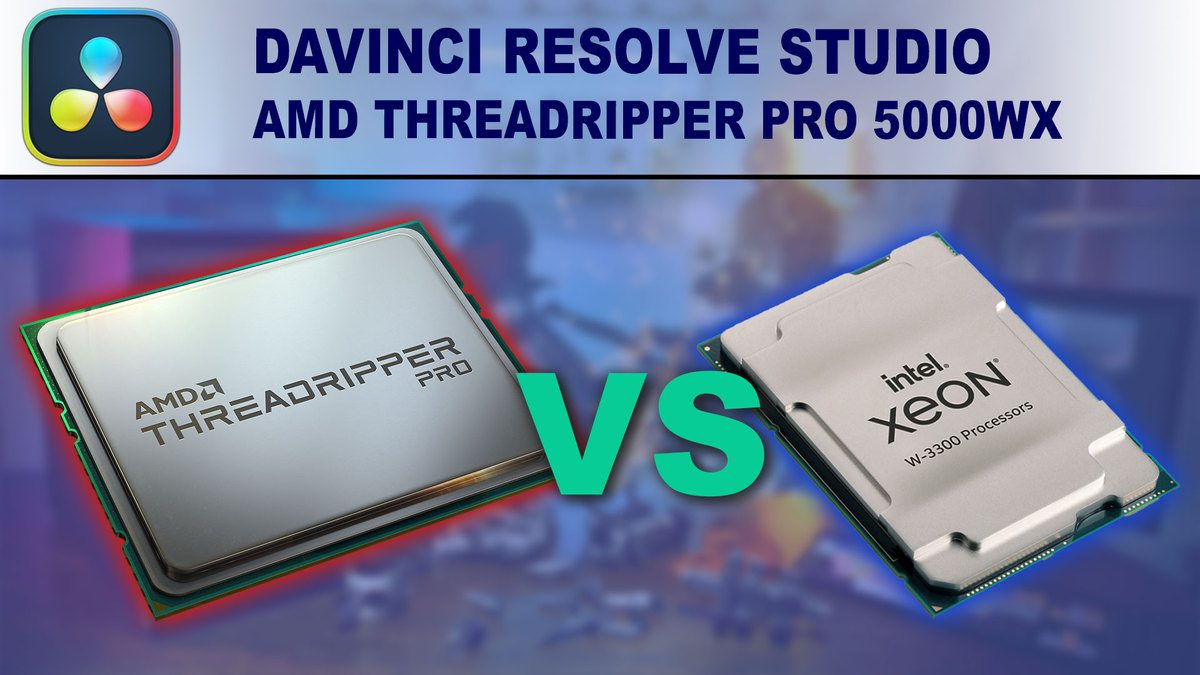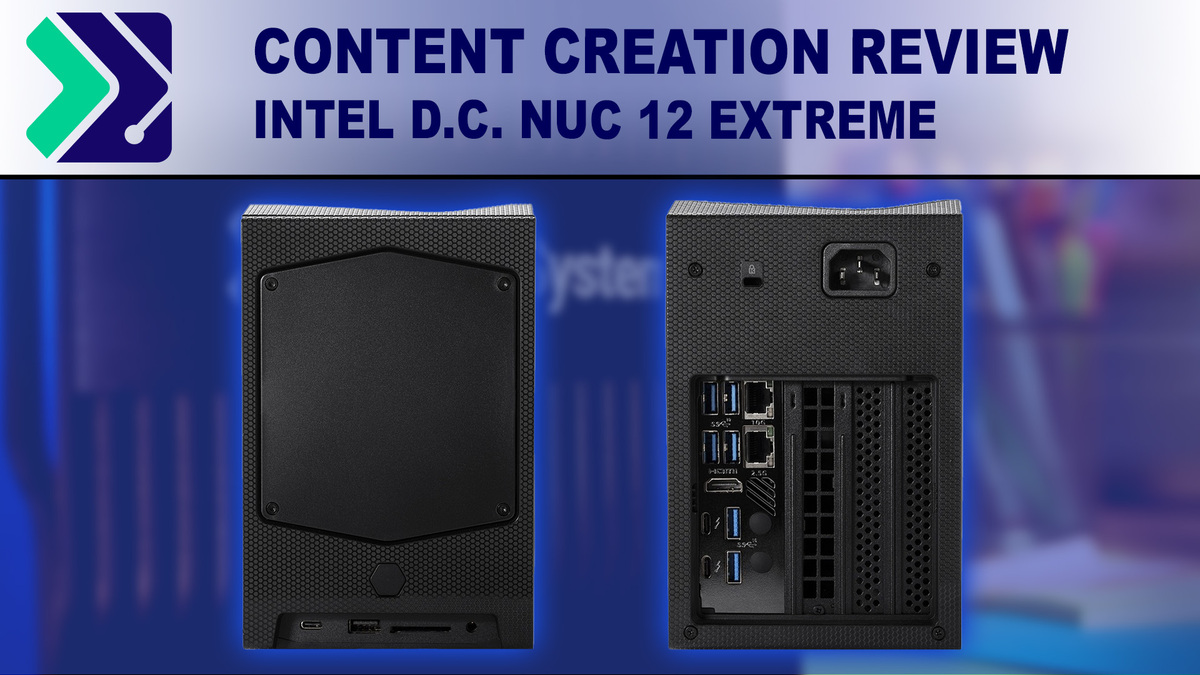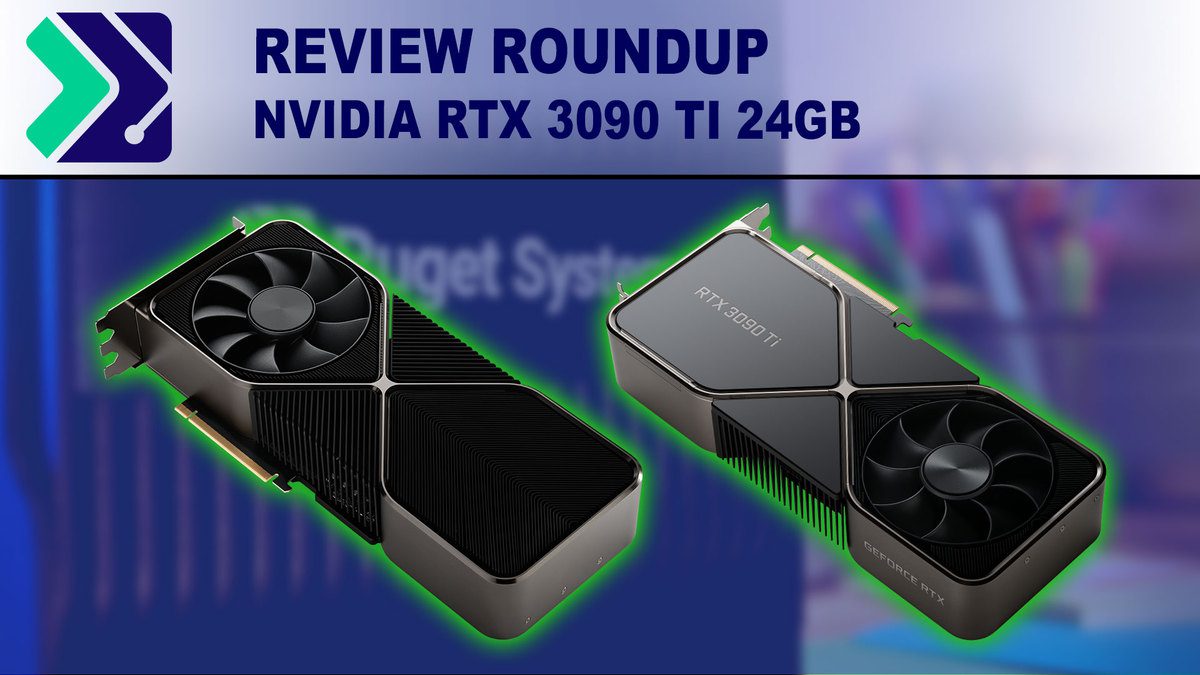AMD’s new Threadripper PRO 5000 WX series of CPUs are here, providing greater performance over the previous generation while maintaining the large memory capacity and high PCIe lane count that Threadripper Pro is known for. But just how much faster are these new processors in content creation applications, and how do they fare against their main competition: the Intel Xeon W-3300 series?














